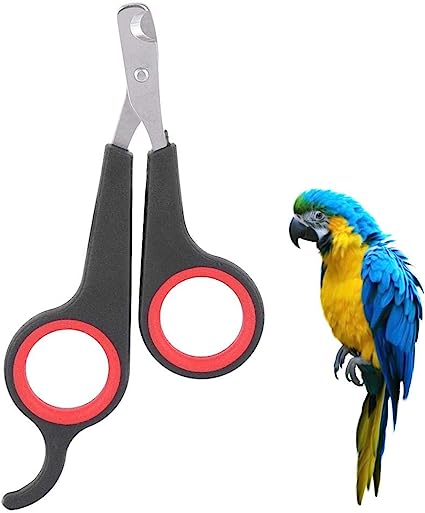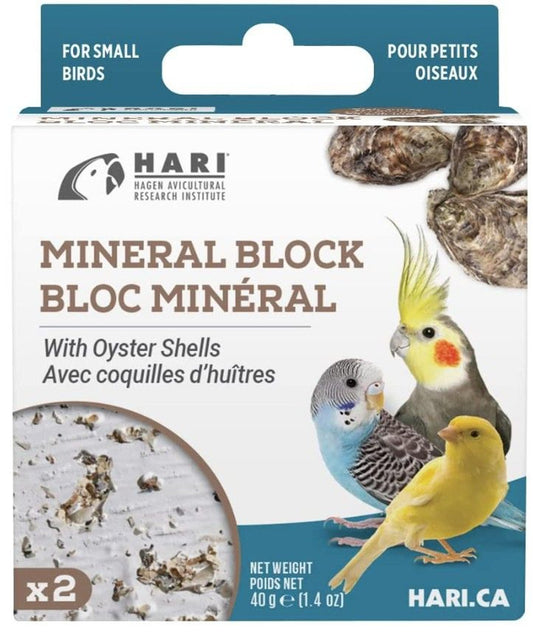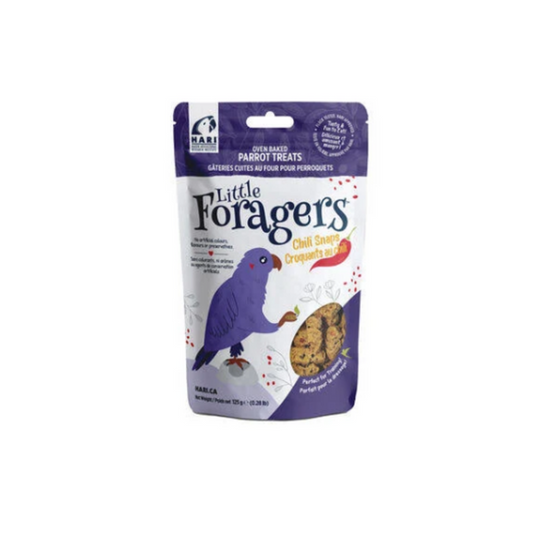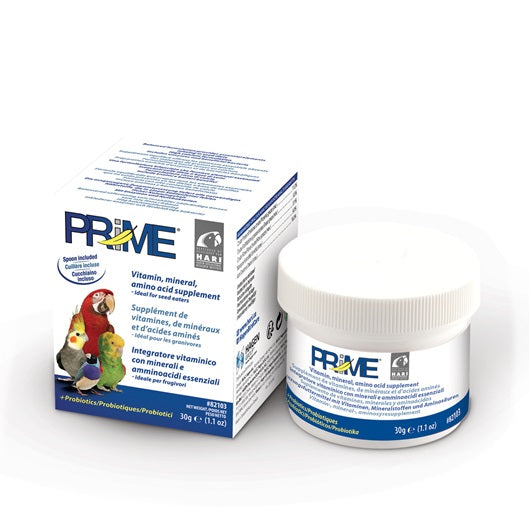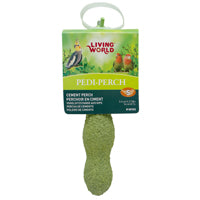
Budgerigars, commonly known as budgies or parakeets, are small and colorful parrots that have become popular pets around the world. These delightful avian companions are known for their playful nature, vibrant plumage, and ability to mimic human speech. Budgies are small parrots with a compact body, long tail, and a distinctive hooked beak. They come in a variety of colors, including shades of green, blue, yellow, and white. Budgies have a gentle and curious nature, and their intelligence makes them quick learners, especially when it comes to mimicking sounds and words.
Life Span:
With proper care, budgies can live for approximately 12 to 15 years, although some can reach 15 years or more.
Natural Habitat:
Budgies are native to Australia, where they inhabit a wide range of habitats such as grasslands, open woodlands, and scrublands. In the wild, they are found in large flocks, feeding on seeds, grasses, and various vegetation.
Size:
When fully grown, budgies typically measure about 7 to 8 inches (18 to 20 cm) in length, from the top of the head to the tip of the tail.
Enclosure Size:
Budgies require a spacious cage to accommodate their active nature. The recommended minimum enclosure size for a single budgie is 16 x 16 x 18 inches (40 x 40 x 46 cm). Provide horizontal perches and plenty of toys for mental stimulation.
Temperature and Humidity Requirements:
Budgies are comfortable within a temperature range of 65-85°F (18-29°C). They can adapt well to average household humidity levels and do not require additional humidity regulation.
Substrate and Bedding:
Line the cage floor with appropriate bird-safe bedding material, such as paper-based products. Avoid using cedar or pine shavings, as they can release harmful fumes.
Toxic Substances:
Budgies are sensitive to certain substances. Keep them away from tobacco smoke, household cleaning chemicals, aerosols, scented candles, and non-stick cookware fumes, as these can be toxic to birds. Additionally, ensure that they are not exposed to plants like avocado, chocolate, caffeine, and toxic flowers, as they can pose a threat to their health.
Fun Facts:
-
Budgies are highly social birds and enjoy the company of other budgies or human companions. They thrive on social interaction and can form deep bonds with their owners.
-
These parakeets are renowned for their ability to mimic and learn human speech and various sounds. They can be trained to perform tricks and respond to cues.
-
Budgies have a unique respiratory system that allows them to fly continuously without taking a break.
-
They are enthusiastic and agile flyers, known for their acrobatic flight patterns and ability to hover.
-
Budgies have a diverse range of vocalizations, from chirping and singing to clicks and whistles, which they use to communicate with their flock or human family members.

Budgies, with their charming personalities and beautiful colors, make wonderful and engaging pets. Their playful nature, intelligence, and ability to mimic sounds and speech add to their appeal. By providing them with suitable enclosures, a balanced diet, social interaction, and a safe environment, you can ensure their well-being and enjoy a fulfilling companionship with these delightful feathered friends. Always research and consult with avian professionals for specific care guidelines to ensure the best possible care for your budgies.


